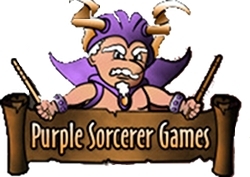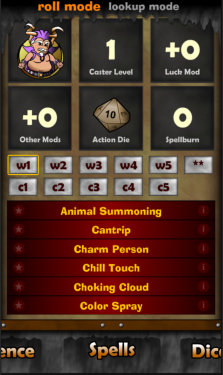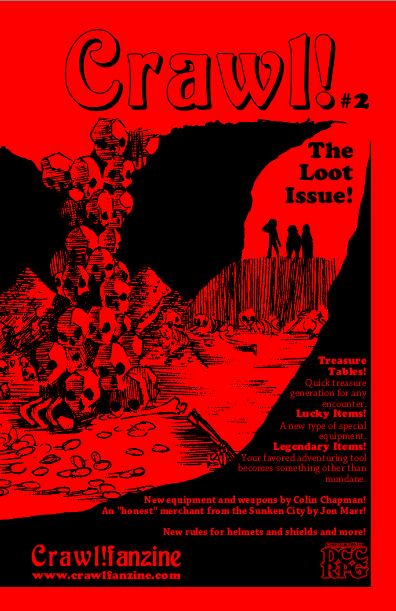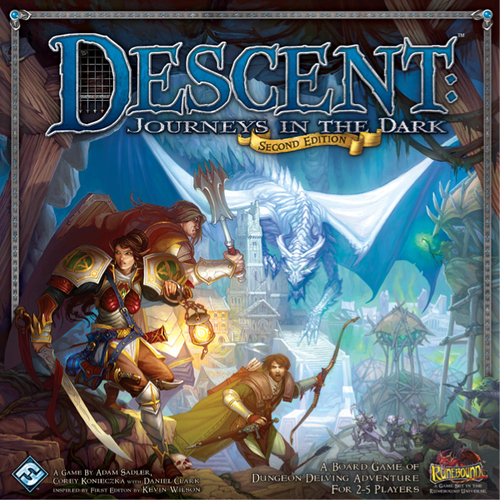Before I discuss gameplay, let's talk about the actual physical game itself. This is easily the biggest box on my gaming shelf and for good reason. This veritable chest contains hundreds of game components—ships, hexes, ship upgrade parts, technology tiles, populations cubes, influence disks, ancient alien ships, etc. Everything is pretty high quality. Each hex, for example, has a unique image on it. Those who have played Twilight Imperium will likely criticize the relatively low level of detail on the ships used, but I don't think they detract from the game in any way. The sheer number of components may lead some to believe that this is a very complex game. The good news is that it's not.
 |
| This game requires a lot of room. We had to play on the floor. |
The game consists of 9 turns in total, no more, no less. Turns progress clockwise around the table as each player performs an action until they pass. These consist of explore, influence, move, research, build, and upgrade. At the beginning of the game, the board consists of a central hex with the other players' hexes surrounding it. The board grows through exploration, and the only limit to the galaxy is the number of hexes. Exploration is vital, as building new ships, researching new technologies, and upgrading your fleet requires resources. It's also risky; there's a pretty good chance that you will have to battle some ancient ships at least a few times in the course of a game, not to mention the possibility of player vs. player conflict.
Combat is simple and fast. Ships of the same type battle first, with the ones with the highest initiative shoot first. As a default, only sixes are hits and only do one damage a piece. Of course, by the end of the game, most of your ships will be tougher, faster, or more powerful depending on what you choose to research, meaning few combats are ever alike.
 |
| Each player gets their own character sheet. |
So how exactly does one win this game? Through victory points. At the end of the ninth turn, you total the points for every hex you control, the research you've done, the ships you've destroyed, and any alliances you've made. This is one of those games where losing is just as fun as winning. There is a sense of narrative that unfolds as players take turns exploring, researching, and strengthening their empire.
One thing I should mention is the length of this game. The box says 30 minutes per player, but I have never seen it run that fast. I would say closer to an hour per player for newbies and maybe 45 minutes for those with some familiarity. This isn't really a criticism though; just know that if you break this out, it will likely be the only game you play that day.
Out of all the board games I've been playing lately, this is my favorite. Fans of 4X games will love this, and those who were intrigued by Twilight Imperium but put off by the complexity will find much to enjoy here. There is a fairly hefty price tag, but it's definitely worth it.













